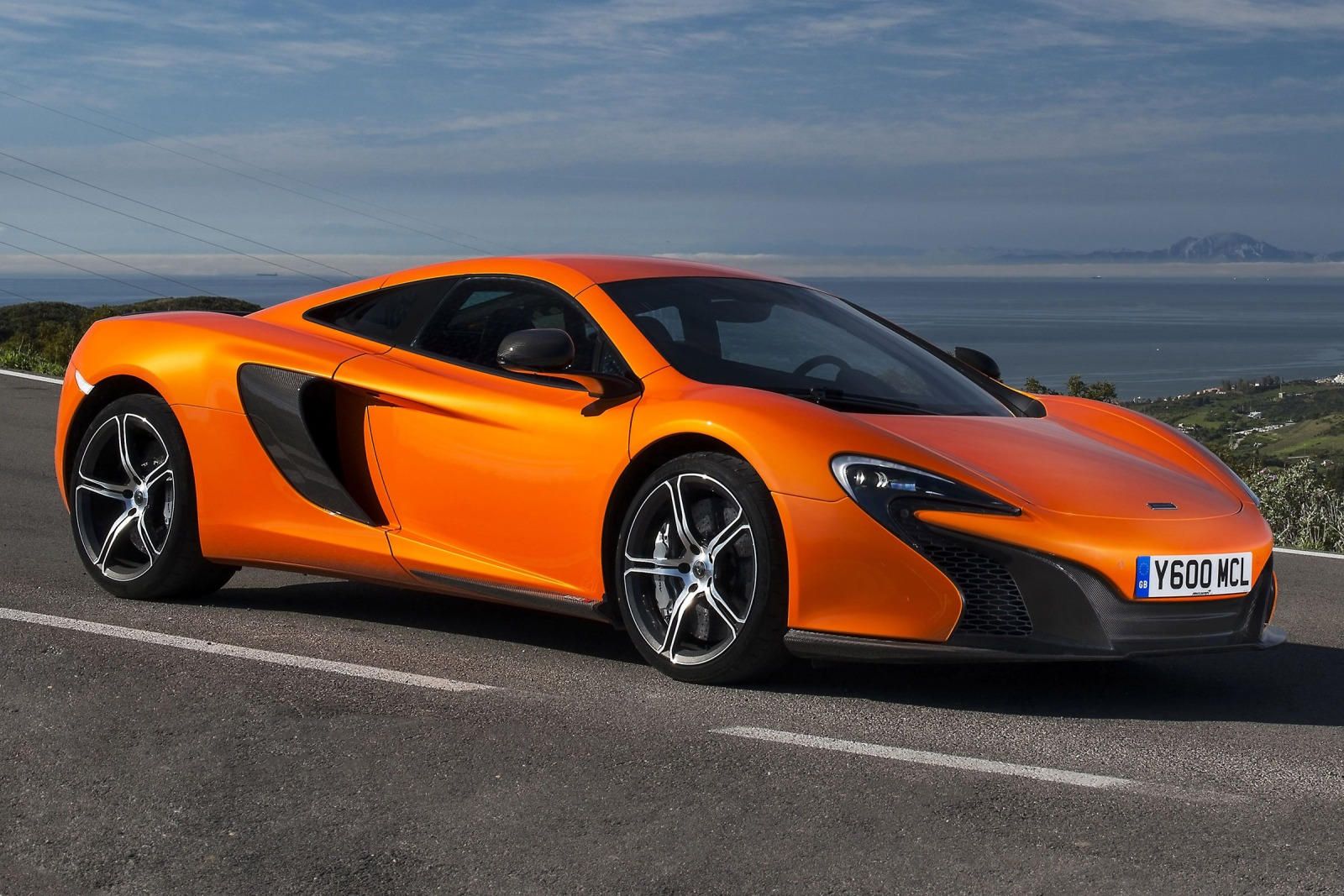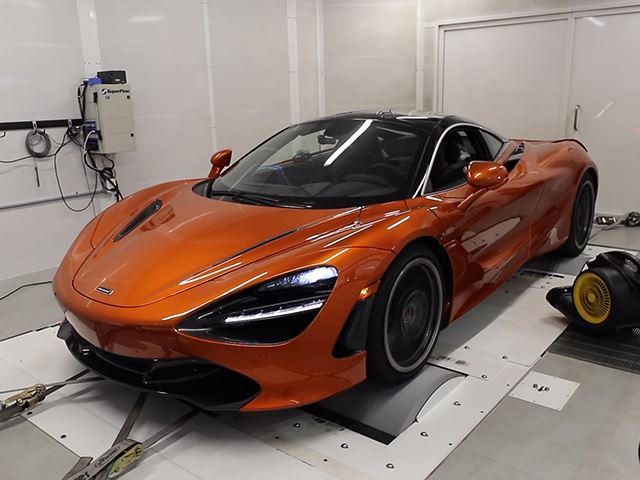
It's safe to say that the McLaren 720S has exceeded all expectations. First revealed earlier this year at Geneva, McLaren's latest Super Series recalibrated our assumptions of what a supercar can do. The official specifications would have you believe that the 720S produces 710 hp from its 4.0-liter twin-turbo V8, but McLaren's claim has proven to be very conservative. We've since seen the 720S outrun the likes of the Lamborghini Huracan, Tesla Model S, and, perhaps most impressively, the Porsche 918 Spyder.
Considering the latter will cost you at least $1 million, the $284,745 McLaren 720S is an unbelievable bargain - for a supercar price, you're getting hypercar performance. These achievements backed up claims that McLaren has been understating the supercar's performance after it sent nearly 700 hp to the wheels when hooked up to a dyno.
To find out if those numbers can be replicated, Brooks from Dragtimes decided to hook up his 720S to the dyno, and it yielded similar results. To prevent damage, the rear diffuser had to be removed before the car could be strapped to the dyno. Incredibly, the 720S sent a monumental 691-hp and 547 lb-ft of torque to the rear wheels according to the dyno reading. Factoring in a 10 percent drivetrain loss, that would mean the supercar produces around 770 hp at the crank. The exact drivetrain loss on the 720S isn't known, but it could produce nearly 800 hp with a 13 percent drivetrain loss. Dyno runs can vary, of course, but it's clear that the 720S is much more powerful than McLaren had us believe.
It's still crazy to think that some cars like the Porsche 911 have half as much power, making the McLaren 720S unbeatable in its class. Brooks also hooked up a stock McLaren 2C to a dyno to see how it compared to the 720S, which sent 564-hp to the wheels. Combined with a curb weight of 3,121 pounds, it's no wonder the 720S was able to set sub-10 second quarter-mile lap times.

